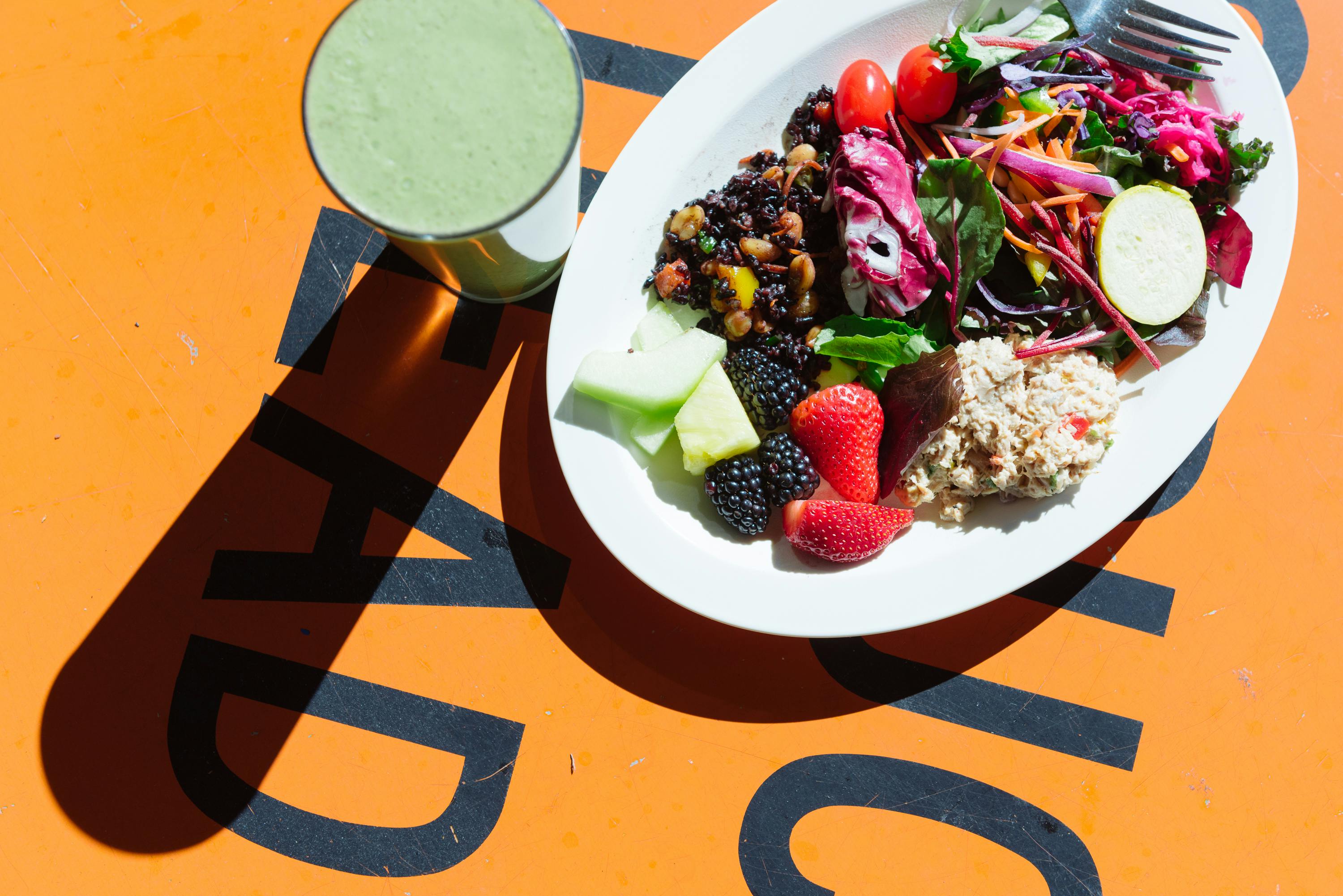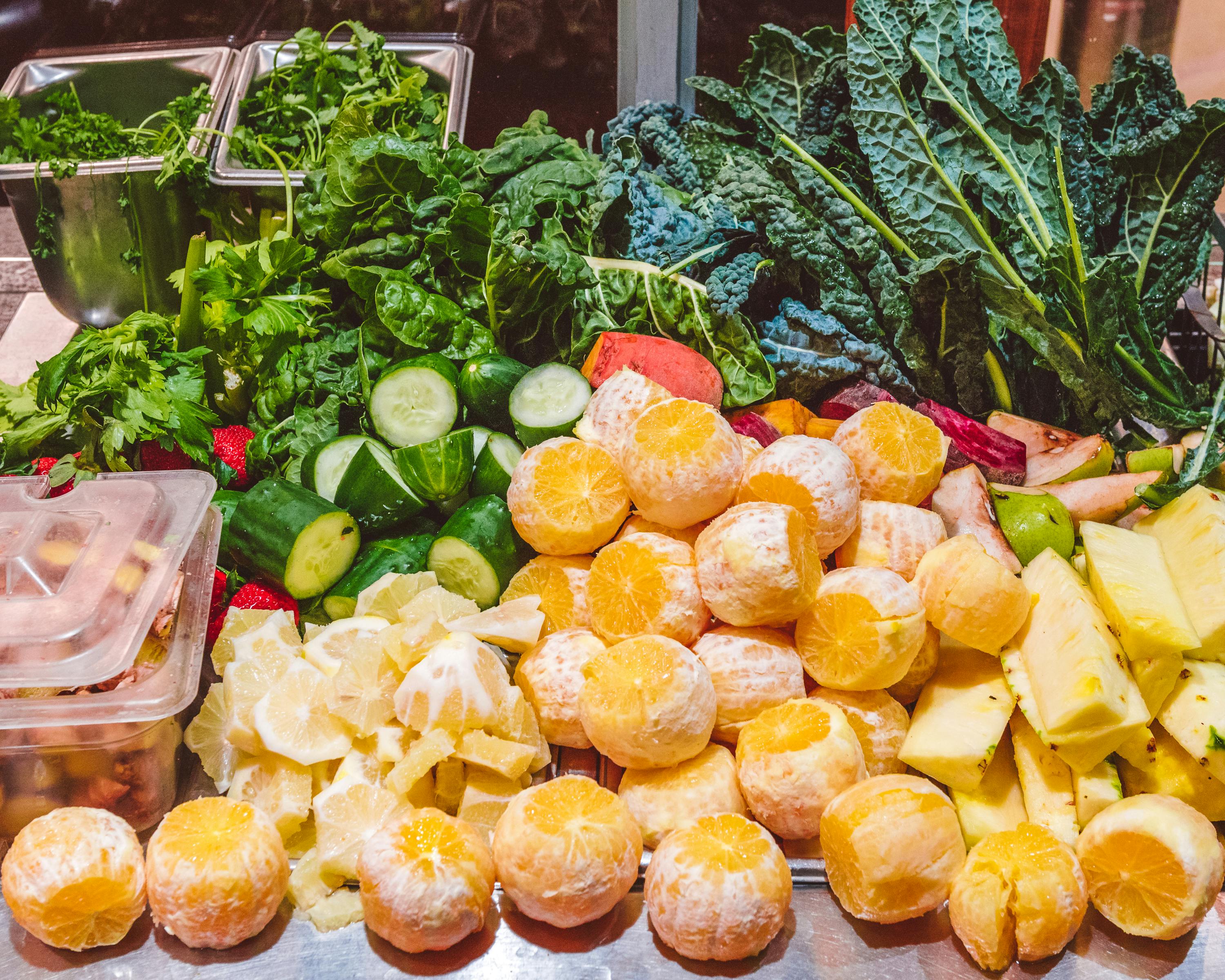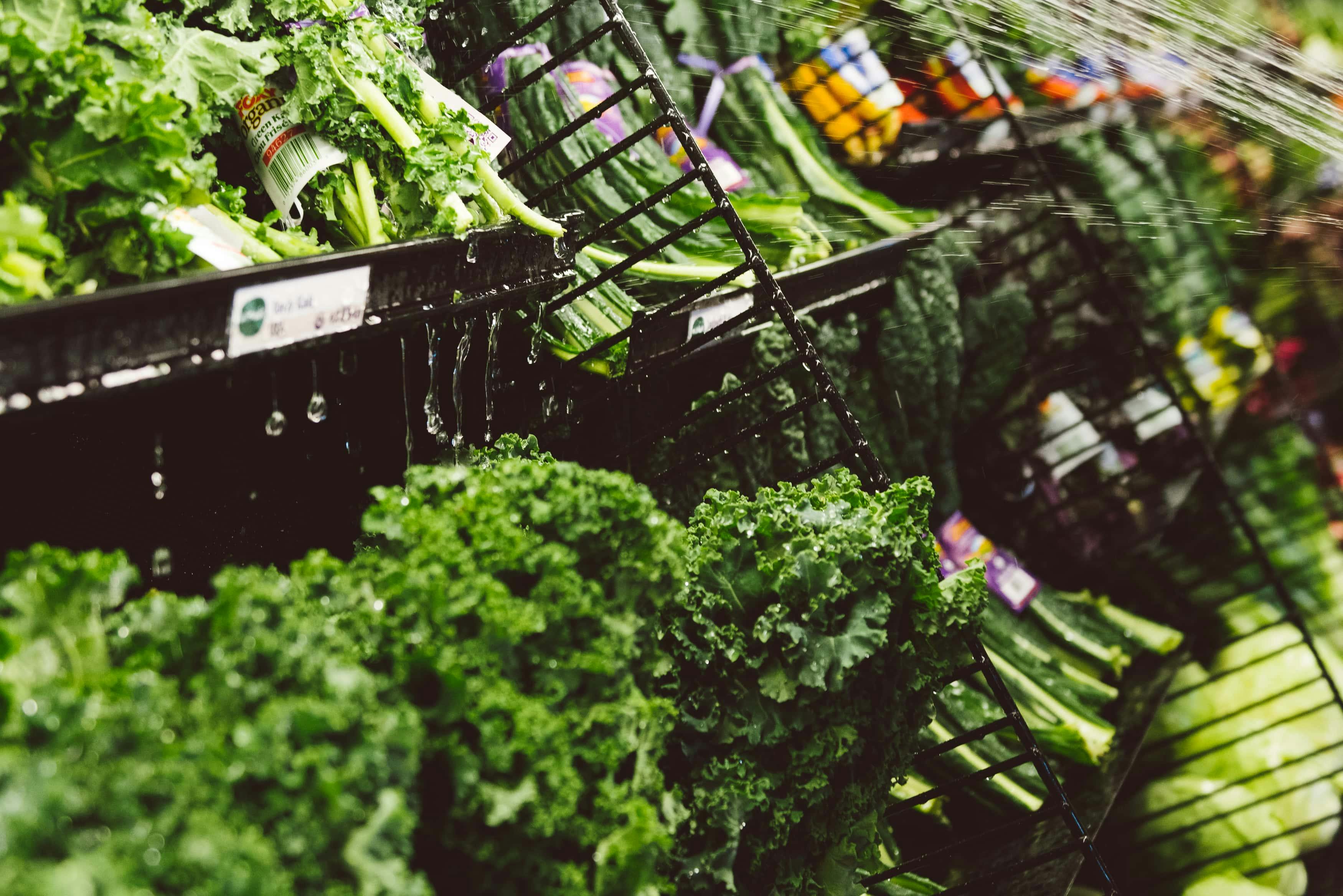Jordan Douglas, MS, HHC
Like everything in the kitchen, there is both an art and a science to smoothie making. Today I’m going to walk us through a general smoothie template. Keep this formula in mind and let your intuition and taste buds guide you the rest of the way. Using this as your jumping off point, you are bound to end up with something delicious and nutritious every time.
Step #1: Base
This is your liquid smoothie foundation, and a wonderful opportunity to incorporate extra nutrient density. Water certainly works here, as does an array of nut and seed milks (e.g., almond, hemp, coconut, pumpkin seed, cashew, etc.). Consider coconut water for added electrolytes and hydration in the summer heat. My personal favorite base is an herbal infusion, which allows you to enhance the phytonutrient profile of your smoothie and provide additional herbal support. I like nutritive and nervine herbs best here – think nettle, red clover, milky oats, holy basil, lemon balm, mint, rose, red raspberry, etc. The amount of liquid base will depend on your preferred consistency, but generally aim to include ¾ to 1 ½ cups.
Step #2: Vegetables
Vegetables are the star of your smoothie, where you’ll bring in tons of micronutrients, phytonutrients, and fiber. If you’re new to green vegetables, start slow and increase the amount and type gradually. Spinach is a great place to start as the flavor is imperceptible; work your way up to dark leafy greens. Examples of other greens are kale, collards, romaine, chard, beet greens, dandelion greens, and arugula. You can also include fresh herbs like parsley, mint, basil, or cilantro. Additional vegetables to consider include beets, carrots, cucumber, celery, and bok choy. Work up to about three cups.
Step #3: Fruit
The fruit component gives us another opportunity to include micronutrients and phytonutrients. Berries – raspberries, blackberries, blueberries, strawberries – are a great option to enhance antioxidants. Avocado, banana, peaches, mango, and nectarines all help to provide creaminess and structure to your smoothie. You can add acidic fruit, such as lemon, lime, or orange, to counterbalance the bitterness of any greens. Other fruits include apple, pineapple, watermelon, plums, pears, and kiwi. Aim for 1-2 cups. Local, seasonal fresh fruit is a great first choice. Otherwise, opt for frozen fruit which is harvested and preserved at peak season with peak nutrient density.
Step #4: Fat
Addition of a fat to your smoothie serves several key purposes. It adds a bit of caloric density and will help to provide a sense of satiety. It will help to bind the various elements of your smoothie together and round out the flavor. Finally, it will help increase the absorption of fat-soluble vitamins in your vegetables and fruits. Aim for about a tablespoon or two of fat per smoothie serving. Options include nut and seed butters, coconut butter, frozen avocado, flax oil, coconut oil, and hemp oil.
Step #5: Extras
Protein powders, spices, herbal powders, and superfoods all fall into this final category. The amount will depend on you, your preferences, and how you want to nourish yourself with each smoothie – but generally we’re working on the scale of teaspoons or tablespoons. Spices like cinnamon, ginger, cardamom, turmeric, and vanilla all add great flavor. Protein powder will help make the smoothie a heartier “meal” and increase satiety; rolled oats achieve a similar effect. Extras like cacao nibs, hemp seeds, chia seeds, flax seeds, goji berries, shredded coconut and bee pollen help to provide textural refuge. Herbal powders include things like cacao, maca, chlorella, and spirulina.
Questions on smoothie making or looking to adjust this template with smoothie elements most conducive to your health goals? Email healthcoach@ellwoodthompsons.com to schedule your free 30-minute virtual nutrition counseling session.











